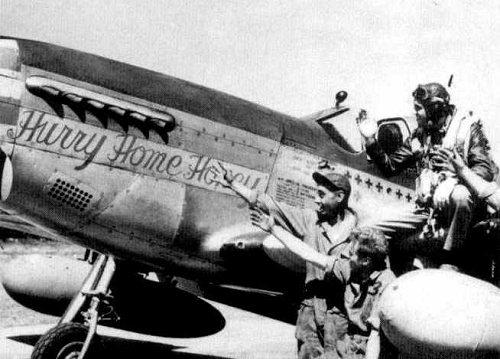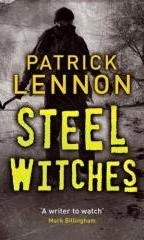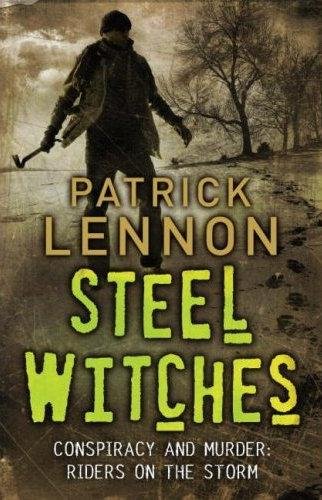|
If you
imagine the classic British police detective,
what would that person be like?
It might possibly be a man, possibly middle
aged, possibly a heavy
drinker, with a problematic career and a hostile relationship with his
(male)
superior.
In my first book – Corn
Dolls
– I wanted to create a policeman who was almost a photo
negative of those
qualities. Ok, he was a man – but he was quite young, a real
high flyer, had
never touched alcohol, had an intensely close relationship with his
(female)
boss in the Cambridge police.
What secrets would such a person hold? And what
kind of conspiracy would
bring them to the surface? The catalyst proved to be a small Fenland
village
with a well-concealed history of violence – a concealed
history similar, in
some ways, to the detective’s own past. I called him Tom
Fletcher because it
was a completely neutral name, giving no clues.
Steel Witches is the
second
book in this series – and, as some people have pointed out
– although it’s set
in Cambridge, it feels
like a
world away from Corn Dolls. Tom
Fletcher is a private investigator now – not in the US sense, with
a
badge, a gun and a legal standing. He’s a PI in the British
sense – the kind of
marginal security man that nobody wants anything to do with. He has
some of the
context of the classic PI – the office, the filing cabinet,
the lack of
business. And the raincoat, of course (though I changed that to a parka
for the
Cambridge winter).
And it
was interesting, scene by scene, to see the viewpoint of someone who
used to be
a cop and now has no entitlement at all over the people he’s
trying to
influence. I drew some inspiration here from Walter Moseley –
the way his Easy
Rawlins character uses whatever leverage he can find in a situation.
So what is Fletcher up to now? Well,
he’s still with Cathleen, the girl
he met in a foster home at the age of sixteen and could never forget.
He still
lives in the centre of Cambridge, and
he’s still
friends with Stan, the morose Polish caterer. But now he’s
talking to his
father again – a man he hasn’t spoken to for 18
years. That’s because his dad
phones him one morning and tells him to go to an abandoned quarry
outside Cambridge, where
Fletcher
finds the body of an executive from a US weapons
corporation. In the man’s hand is a lock of blonde hair
– the hair, it turns
out, of a missing physics undergraduate. For some reason, the missing
girl has
a photo of Fletcher himself pinned to her bedroom wall – and
has been taking an
interest in the American air force from world war two. That’s
when Fletcher begins
to realise that this is a very personal conspiracy: that someone very
close to
him is in danger because of events that happened on a wartime American
airbase
in remote Norfolk. The task
of
uncovering those events - and deciding if they constitute the last
great secret
of the war, or something else - becomes the biggest thing in
Fletcher’s life.
I’m a great believer in the power of
maps: that looking at maps is a
huge source of ideas for both setting and plot. When I was planning
this book,
I spent a lot of time studying a large-scale map of Eastern
England. It was
amazing
how often a certain shape appeared: an elongated A-shape, always facing
east-west. Some of them were marked ‘Airbase
(disused),’ some were unmarked,
some were no more than a pattern of lines half covered by new
development.
These were the old airbases, of course, and as I set off to visit them,
the
idea for the book took shape. I had in mind an isolated house on a flat
plain. I
imagined two young women living there, cut off from the outside world,
living
on stories until the Americans arrived one day with their beautiful
Mustang fighter
planes, pictures of glamorous girls painted on the fuselages. What kind
of
passion or conflict would this arouse?
I looked at the large-scale map of Norfolk, trying to
find
such a house. I noticed one in the Walsingham area: still isolated
today, near
the site of an old airfield. It had an interesting circular formation
next to
it, labelled simply ‘Pit.’ As soon as I saw it, I
knew it was my house: a ramshackle
farm labourer’s
home with nothing near it except the old runways. I parked and walked
along the
road to the site of the ‘Pit’ feature. It was a
huge hole in the ground,
surrounded by reeds, filled with oily water. I thought: Perfect.
That’s going in the book.

As I write this, I’m coming to the
end of the next book in the Fletcher
series (the working title is ‘Cut Out’). It takes
Fletcher another three
years into the future, to a point where he’s achieved what he
always wanted: a
family of his own, and a place to call his own, on a smallholding in
the
Cambridgeshire countryside. Cathleen’s there, of course, and
by this stage they
have two young children. Life seems perfect. Except that, just down the
road,
there’s an army barracks with a regiment getting ready to
ship out to Afghanistan. And
they’re
taking a close interest in Fletcher and his family.
The character who began as a photo negative of
the classic detective continues
to evolve. In August, when the dust from the Steel
Witches launch has settled, I’ll start on book four
in the
series. I’m thinking of animal disease – like bird
flu, but ten times worse.
And a government minister who’s gone missing. And Tom
Fletcher – with all his
obsessive loyalties - as one of the few trustworthy people in a very
dodgy
world.

STEEL WITCHES
is published by Headline
June
2008 pbk £6.99
Read
Adam Colclough’s opinion of CORN DOLLS
Visit
Patrick’s website
|




